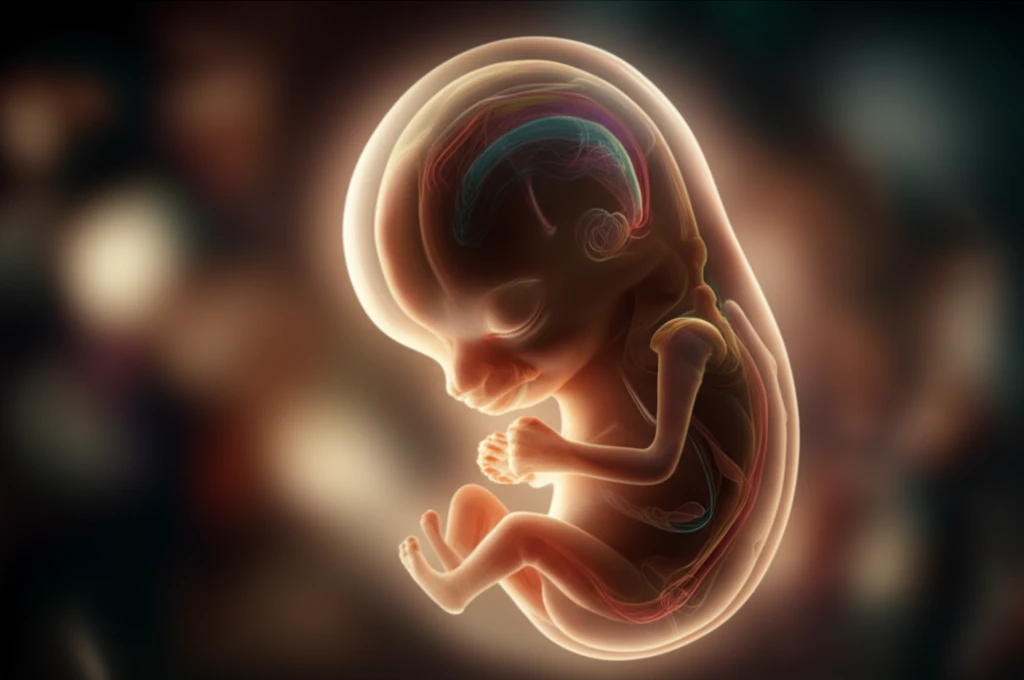
Unlocking the Secrets of Life: How Scientists Are Mapping the Body's Blueprint for Growth
"From Tiny Embryos to Complex Tissues: A Groundbreaking Study Reveals the Hidden Mechanics Behind How Our Bodies Take Shape."
Imagine the incredible journey from a single fertilized egg to a fully formed human being. It's a process of astonishing complexity, orchestrated by a symphony of biological processes. Scientists have long sought to understand the intricate dance of cell division, tissue formation, and overall growth that shapes us from the very beginning. A new study has delved deep into this microscopic world, providing a fresh perspective on how our bodies develop.
At the heart of this research lies the concept of morphogenesis – the biological process that causes an organism to develop its shape. This involves cell movements, tissue rearrangements, and changes in cell behavior that collectively sculpt the body's structures. This research looks at this in the early stages of development. By focusing on the early stages of development, the scientists have illuminated the fundamental mechanisms that drive this essential process.
This research, published in Development Advance Online Articles, provides a detailed analysis of the mechanics of embryonic axis elongation – the process by which the basic body plan is established. The research team used advanced imaging techniques and computational analysis to track cell behavior and tissue deformations in developing quail embryos. Their findings offer a window into the fundamental principles that guide the development of complex biological systems.
Unraveling the Mysteries of Embryonic Growth: Key Findings from the Groundbreaking Study

The research team focused on understanding how different tissues coordinate their growth during the elongation of the embryo's axis. This process is crucial for forming the posterior part of the body, including the spine and other vital structures. The scientists employed advanced imaging techniques, including two-photon laser imaging, to observe the behavior of cells within the developing quail embryos. They examined processes such as cell proliferation and apoptosis, which play vital roles in tissue growth and development.
- Differential Growth Rates: The study revealed that different tissues grow at distinct rates, contributing to the complex shaping of the embryo.
- Cell Density and Size: The research indicated that tissue expansion during elongation isn't solely due to changes in cell density or size, but primarily from the addition of new cells.
- Proliferation and Apoptosis: The study highlighted the importance of cell cycle times and cell death in determining the pace of growth of various tissues.
Looking Ahead: Implications and Future Directions of the Research
This research provides a detailed look into the mechanics of embryonic development. The study's findings not only deepen our understanding of fundamental biological processes but also open doors for future research. By continuing to explore the cellular and molecular mechanisms behind tissue formation and axis elongation, scientists hope to gain a more comprehensive understanding of the human body's complex blueprint, which can pave the way for advances in regenerative medicine, and treating developmental disorders. The journey from a single cell to a complete organism continues to fascinate and inspire, and this research marks an important step forward in unraveling its secrets.
